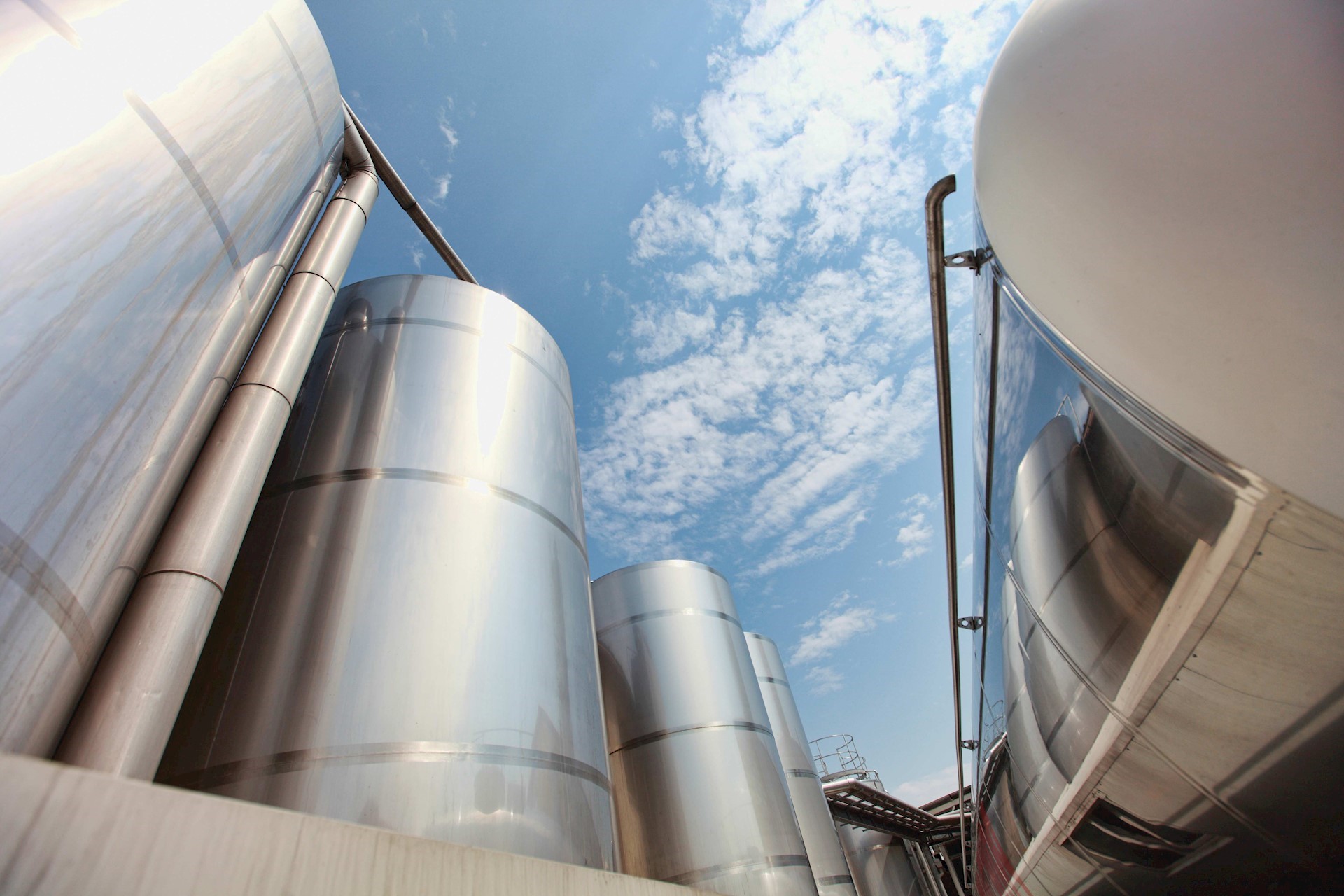Italy’s secret ingredient
The culinary traditions of Italy provide a prime example of the functionality of stainless steel. By virtue of its hygienic properties, corrosion-resistant characteristics and attractive finish, nickel-containing stainless steel has played a notable role in the Italian food industry which relies on this effective material. For example, stainless steel is widely used for the storage of cocoa paste, cocoa butter, and chocolate. Manufacturing facilities are equipped with stainless steel tanks of varying volumes and weights all using Type 304 (UNS S30400), which is specifically designed to food industry standards. Stainless steel complies with the specifications of the 1973 Italian Ministerial Decree, Hygienic Rules concerning packaging, containers, tools, and equipment coming into contact with food or substances for personal use. This specification provides a list of stainless steel grades that may be used for the food industry.
Italy’s gastronomic reputation combined with its world-famous design edge extends to their cookware. With its pristine finish, durability and resistance to dents and scratches, stainless steel is an attractive choice. By combining functionality, hygiene and design along with flavour preservation, an important component in cookware, stainless steel fulfils stringent specifications. The expertise, know-how, and inventiveness of Italian designers married with the beauty of nickel-containing stainless steel, has allowed them to produce high quality and beautiful cookware.
A stainless steel for every food application
Nickel-containing stainless steel lends itself to a whole host of applications in the food industry. There is an austenitic stainless steel for almost every food application, from milk and beer, where Type 304 is the standard; fish and meat products which may require a higher grade such as Type 316L (S31603); right through to the super-austenitic steels developed to cope with extremely aggressive conditions of, for example, soy sauce production. Its robust corrosion resistance and ease of cleaning make stainless steel both durable and hygienic, two very valuable properties in food service preparation.
Food safety starts with rigorous hygiene, and nickel-containing stainless steels are the superior, reliable standard at every link of the food chain. Today, more than a quarter of all nickel produced goes into stainless steel products related to the food and beverage sector, where it is a vital ingredient in the food supply chain, from farm to fork. Literally.





